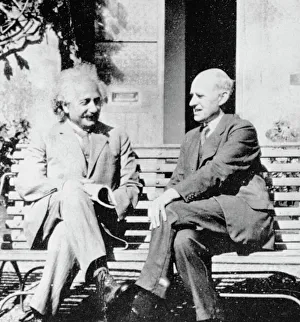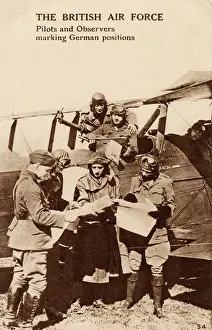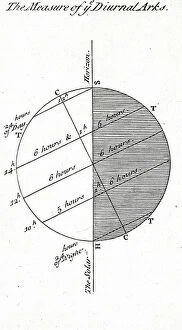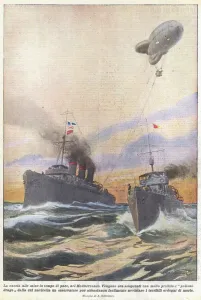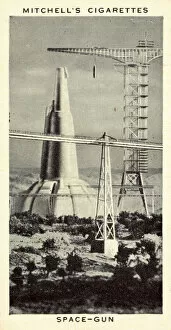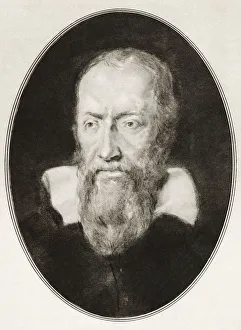Observational Collection
"From Einstein to Galileo: A Journey Through Observational History" In 1930, the world witnessed a remarkable collaboration between Albert Einstein and Arthur Eddington
All Professionally Made to Order for Quick Shipping
"From Einstein to Galileo: A Journey Through Observational History" In 1930, the world witnessed a remarkable collaboration between Albert Einstein and Arthur Eddington, as they confirmed the theory of general relativity through their observational work. During World War One, brave pilots and observers in the Royal Air Force marked targets from above, utilizing their keen observation skills to aid in strategic warfare. Even in peacetime, observation played a crucial role, such as the hunt for mines in the Mediterranean. The vivid colors of a lithograph depict this dangerous task undertaken by dedicated individuals. Aerial photography emerged as an invaluable tool during World War One, providing vital intelligence from above. The skies were filled with kite balloons at Roehampton in 1915, capturing breathtaking views that British artists immortalized on canvas. The spirit of observation extended beyond war efforts; it pushed boundaries even in extreme physical challenges. Burgess's incredible feat of swimming across the English Channel after nearly 24 hours showcases human determination and observational endurance. Looking towards the sky once again but into uncharted territory - space exploration became a reality with concepts like the Space-Gun depicted in lithographs. Imagination merged with scientific curiosity to push our understanding further than ever before. Centuries earlier, Galileo Galilei exemplified observational genius as an Italian polymath who revolutionized our understanding of astronomy. Gordon Ross's illustration brings his legacy to life within "Living Biographies of Famous Men. " Observation also led us to new horizons on Earth itself – Haleakala Observatory perched above clouds at sunset on Maui island offers astronomers unparalleled views into deep space while reminding us how small we are within this vast universe. Not limited to celestial wonders alone, observation has been instrumental in uncovering ancient civilizations buried beneath Iraq's Nineveh region through archaeological discoveries that shed light on our shared history.

